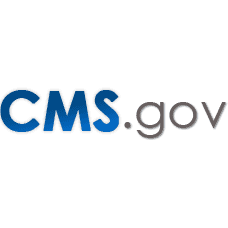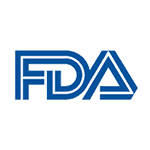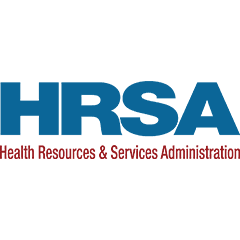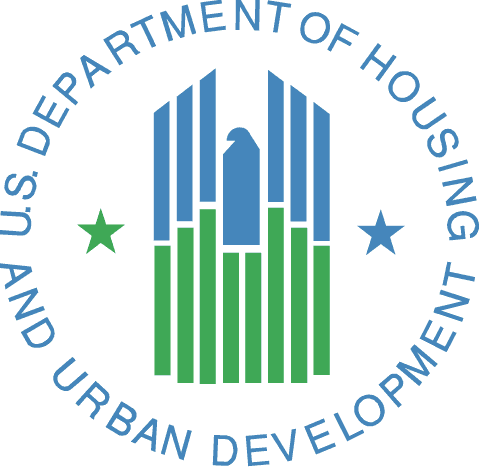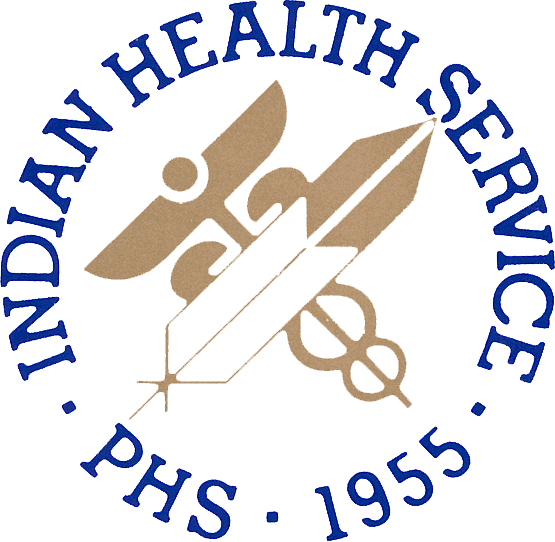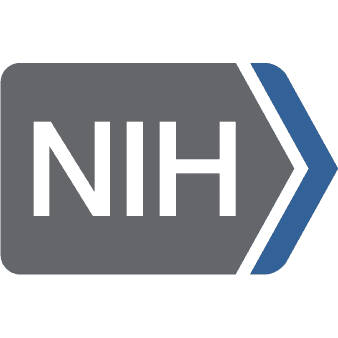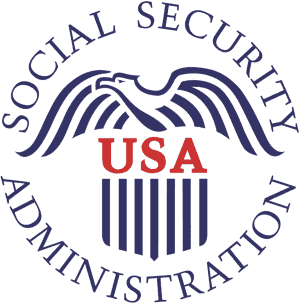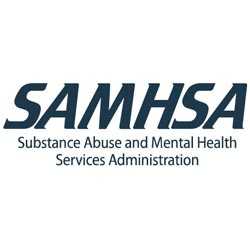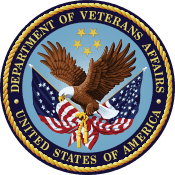HIV Care and Treatment Activities
Improving Health Outcomes, Preventing New Infections
HIV is a virus that can multiply quickly and damage the body’s immune system, making it hard for a person to fight off infections and cancers. While no cure exists for HIV infection, effective treatment is available. Today, there are more than 30 antiretroviral drugs approved by the Food and Drug Administration (FDA) to treat HIV infection. When used consistently, antiretroviral therapy (ART) can reduce the amount of virus in a person’s blood to a very low level. This is known as viral suppression. ART can also make a person’s viral load so low that it doesn't show up in a standard lab test. This is called having an undetectable viral load. People with HIV who start ART early, get and remain on treatment, and achieve and maintain an undetectable viral load can live long and healthy lives. Treatment also confers enormous prevention benefits—in research studies conducted to date, no case of HIV transmission has been linked to someone who had a suppressed viral load. In short, people with HIV who get and keep an undetectable viral load will not transmit HIV to their HIV-negative partners through sex. U.S. clinical guidelines recommend that all people who are diagnosed with HIV receive treatment as soon as possible, regardless of how long they have had the virus or how healthy they are.
Timely and Accessible HIV Treatment: A Critical Need
While the health and prevention benefits of ART are clear, according to CDC, in 2019, only 66 percent of people with diagnosed HIV in the United States were virally suppressed. There are various reasons for this. Among people with HIV who do not have the virus in check, many have been diagnosed, but are in and out of care due to the cost of medical care and HIV drugs, stigma, shame, perceived or real concerns about taking HIV medications, lack of stable housing, and transportation. When people with HIV do not receive the treatment and care they need, the disease worsens and eventually progresses to AIDS. In 2019, there were 15,815 deaths among people with diagnosed HIV in the US and dependent areas. People with HIV who do not have a suppressed viral load also remain at risk of transmitting the virus to others. CDC has found that more than 90 percent of new HIV infections could be averted by diagnosing people with HIV and ensuring they receive prompt, ongoing care and treatment.
Disparities in HIV Treatment and Care
There are numerous disparities in HIV treatment and care among certain subpopulations in the U.S. For example, CDC’s 2019 HIV monitoring report indicates that Black or African American persons with diagnosed HIV infection have percentages of linkage to care within one month of HIV diagnosis and viral suppression within six months of diagnosis that are lower than whites and far below national goals. In addition, fewer people with HIV in the South are aware of their infection than in any other region. Consequently, fewer people in the South who have HIV receive timely medical care or treatment, and fewer have their virus suppressed. Data from clinics funded by the Ryan White HIV/AIDS Program (RWHAP) show that in 2020, American Indian/Alaska Native persons, Black/African American persons, youth between the ages of 13 to 24, and persons who were unstably housed had viral suppression rates that were lower than the RWHAP population in general. These populations had lower rates of engagement at each stage of care, due in part to a range of social and environmental conditions that make it more difficult to seek and stay in care. These conditions include poverty, poor access to health care, stigma, and a limited understanding of the benefits of treatment.
Scroll down to read about federal agencies’ treatment activities.

